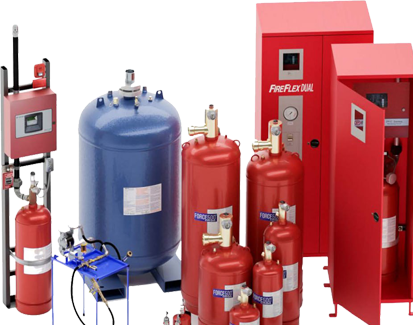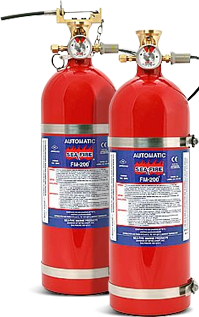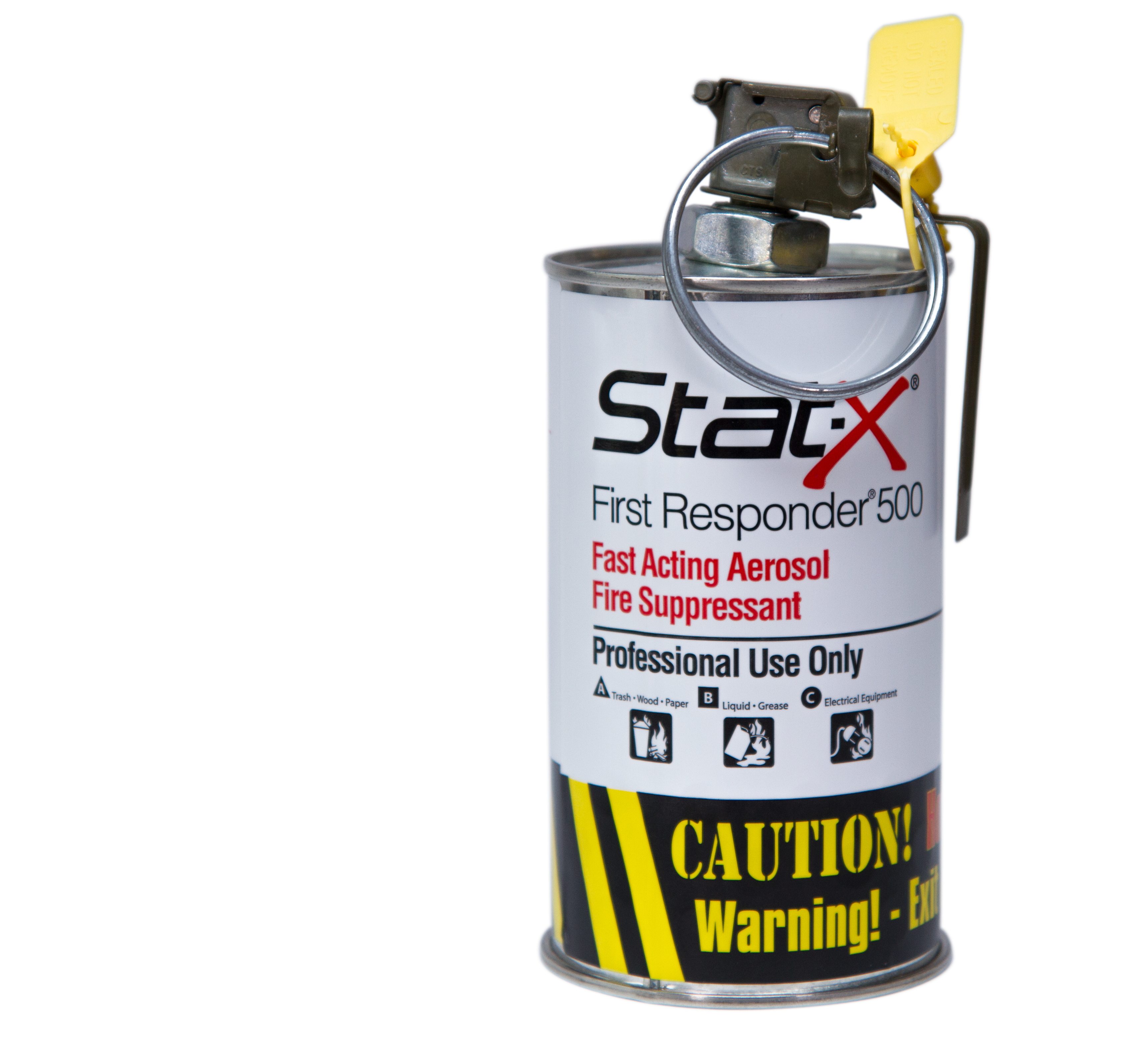What Is Fire Engineering?
In the vast realm of engineering, numerous specializations exist, each tailored to a specific domain, answering very particular sets of challenges. Among them, fire engineering stands out in our world of business, dedicated to the protection of structures, the environment, and most importantly, human life.
To grasp its profound importance, let's dissect this intriguing discipline and understand its core tenets.
What is a fire engineer?
Imagine a specialist who marries the depth of engineering principles with the unpredictability and dynamics of fire.
Explore further
A fire engineer is this bridge between engineering knowledge and fire safety. Their primary role is to understand how fires start and spread, and how they can be effectively controlled and extinguished, but it doesn't end there: they are also well-versed in the impact of fire on various materials, structures, and the environment, enabling them to provide guidance on design and architecture that can resist and suppress fire threats.
What does a fire engineer do?
A fire engineer plays a pivotal role not only in the design of buildings, but also in the creation and application of equipment used in fire safety, such as sprinklers and smoke detectors . Beyond crafting structures with fire-resilient features, they're often tasked with inspecting existing structures, particularly older ones that may not meet contemporary safety standards. In such instances, they provide invaluable recommendations on enhancing fire safety, ensuring these buildings are fortified against potential fire hazards.
Modern building codes necessitate adherence by all involved in construction. However, an adept fire engineer can offer unique modifications tailored to the specific conditions and requirements of each project, ensuring optimal performance without compromising safety, all while keeping costs in check. Their responsibilities include:
- Analysis : Systematically evaluating potential fire threats within different environments or structures.
- Design : Innovatively crafting fire protection systems that cater to the unique needs of each building.
- Implementation : Vigilantly overseeing the installation of these devised systems to guarantee effectiveness.
- Education : Enlightening building occupants about fire safety protocols, ensuring preparedness.
- Collaboration : Actively liaising with architects, local authorities, and other construction professionals to seamlessly integrate fire safety measures into their architectural design and compliance landscape.
Moreover, the fire engineer's role doesn't end post-construction: they regularly inspect equipment, materials, and buildings to affirm their safety integrity. Using advanced computer modelling, they also study the inception and propagation of fires, gaining insights that continually refine their strategies. Staying abreast of emerging fire regulations, laws, and technological advancements is intrinsic to their profession, ensuring that their approaches are not only compliant, but also at the forefront of fire safety innovation.
What topics are included in the fire engineering?
Assess hazards and risks of fire
Before one can effectively combat fire, they must understand its potential threats. Fire engineers dissect environments, discerning vulnerabilities, possible ignition sources, and potential accelerants. This groundwork is pivotal in drafting effective fire mitigation strategies.
Fire detection
Early detection can mean the difference between a minor incident and a catastrophic event. Fire engineers implement advanced detection systems—ensuring they're optimally positioned to catch the earliest signs of a fire.
Active and passive fire protection
These are the two primary fronts in the battle against fires: active and passive.
People also search
Active fire protection refers to systems like sprinklers and alarms that spring into action when a fire occurs. Passive fire protection, on the other hand, involves the structural aspects of a building designed to prevent the spread of fire, like fire-resistant doors and walls. Engineers deftly navigate both terrains to ensure comprehensive fire safety.
Reduce the potential of fire damage
From recommending fire-resistant materials in construction to designing layouts that inhibit fire spread, engineers constantly devise ways to minimize potential damage, saving both lives and property.
Evaluate and set up fire protective measures
Each building or environment comes with its own unique set of challenges. Fire engineers evaluate these specifics, tailoring protective measures that offer the highest level of safety.
Design systems and equipment
Beyond selecting pre-made equipment, fire engineers often have a hand in designing advanced systems tailored to specific needs—ensuring that protective measures are not just effective, but also efficient.
Determine the right equipment
A building's function, size, and design can greatly influence its equipment needed. Engineers weigh these factors, ensuring that every piece of gear, from sprinklers to alarms, is perfectly suited for its intended environment.
Escape facilities
In the event of a fire, swift evacuation is crucial to saving lives. Fire engineers meticulously design escape routes, factoring in building occupancy, structure, and potential fire spread to ensure optimal exit pathways. It's essential that these escape facilities, which may include stairs, elevators, and fire escapes, remain unobstructed by fire or smoke, and that occupants are well-informed on how to utilize them effectively.
Know the regulations, laws, and standards
Fire safety isn't just about best practices—it's also about adherence to established norms. Fire engineers are well-acquainted with local and international fire safety standards, ensuring every recommendation they make is compliant with expectations.
All in all, fire engineering, at its core, is a commitment to safety—a dedication to ensuring that our living and working spaces are equipped to face the threats of fire. While the danger of fire is as old as civilization itself, our defences against it have never been as robust, refined, and reliable as they are today, thanks in large part to the expertise of fire engineers.
As structures grow taller, designs more intricate, and materials more varied, the role of these professionals only becomes more paramount. Their work ensures that, no matter how our built environment evolves, safety remains at its heart, guarding lives, assets, and our collective future.













